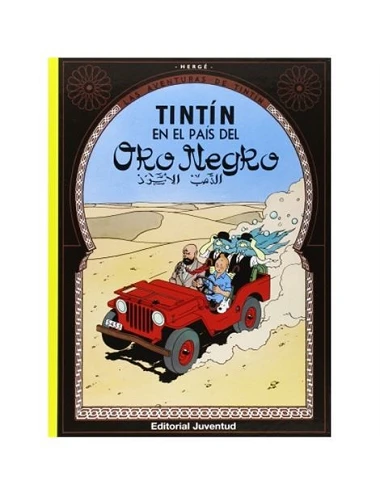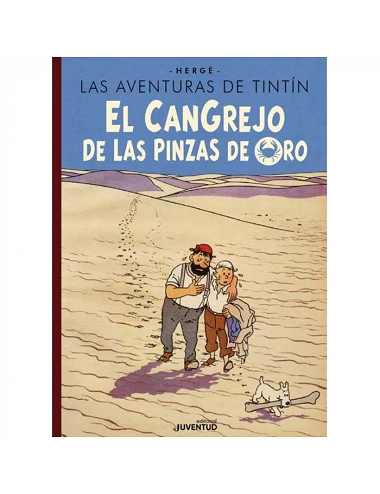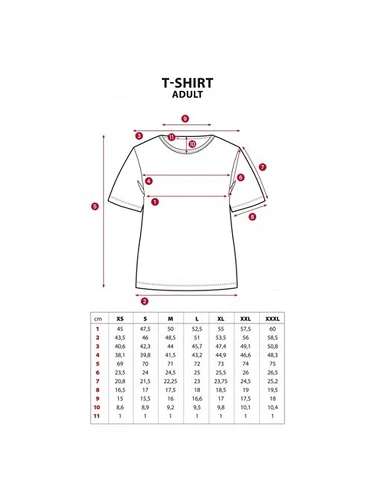
Las aventuras de Tintín 15 - TINTÍN EN EL PAÍS DEL ORO NEGRO (hardcover) - Castellano
This Tintin adventure is about the struggle between the big oil companies. It all starts when adulterated gasoline invades the market. Tintin travels to the country of Khemed, where a power struggle pits Emir Ben Kalish Ezab against Bab El Ehr, each financed by a different oil company. Enter the terrible Abdalah, the emir's son. Hergé was inspired by a photograph of the real King Faisal II as a child. This album has gone through numerous versions before knowing its final form. It began to appear on September 25, 1939 in Le Petit Vingtième, following King Ottokar's Sceptre, but the war broke out. On May 9, 1940, the German forces entered Brussels and the publication of Le Petit Vingtième was interrupted, and with it, Tintin in land of black gold. The story stops on the current page 26 of the album, and will not be continued until 6 years later in Tintin magazine.
Translated by Concepción Zendrera
23 x 30 cm
Cardboard
64 pages























